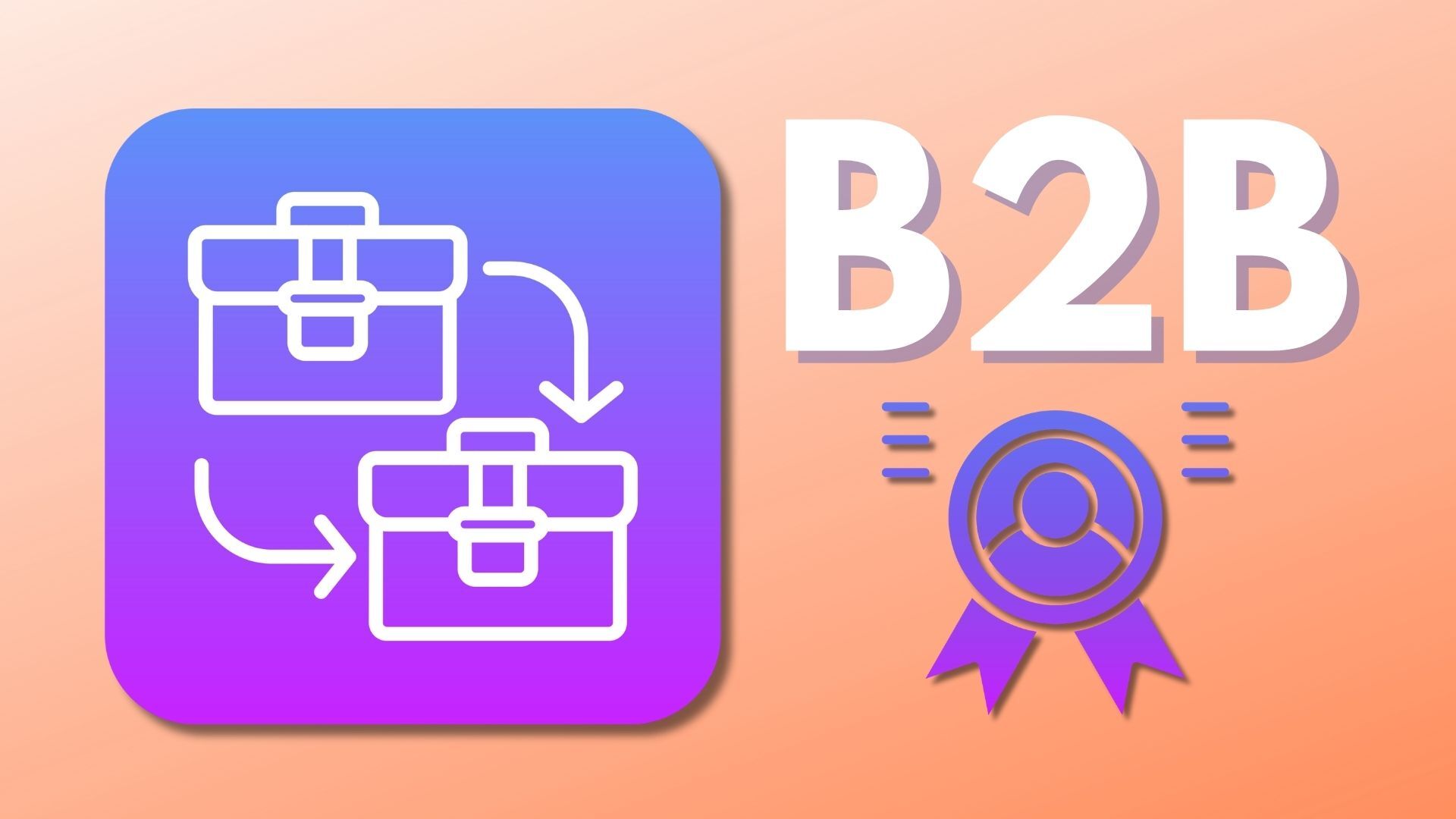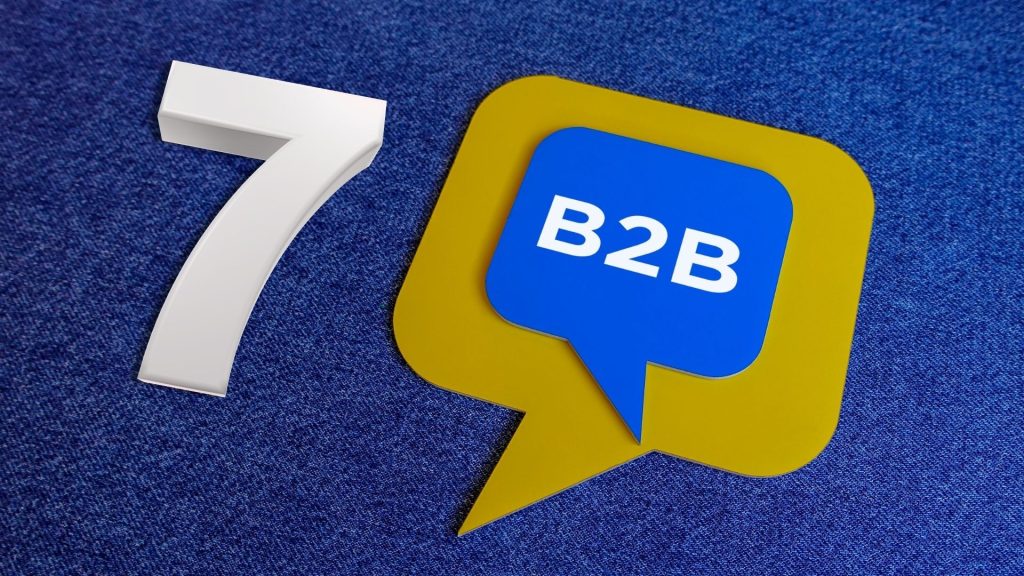B2B Branding Basics: How to Build a Strong Business Brand

B2B branding is the strategic process of defining how business customers perceive your company, what you stand for, the value you deliver, and why you’re the trusted choice in your market. A strong brand not only differentiates your business but also reduces perceived risk, shortens sales cycles, supports premium pricing, and fosters long-term loyalty.
Unlike B2C branding, which often focuses on individual emotions and quick purchase decisions, B2B branding targets buying groups with complex priorities. These customers value reliability, measurable ROI, and partnership over impulse. This article explores the key principles of building a strong B2B brand that communicates credibility, drives conversions, and sustains growth.
Key Takeaway:
A strong B2B brand is built through clear positioning, a credible value proposition, consistent identity, and sustained trust. When backed by research, proof of performance, and aligned employees, branding becomes a strategic asset that differentiates your business, strengthens customer confidence, and drives long-term growth.
What Is B2B Branding?
B2B branding is how a company defines, communicates, and reinforces its identity to other businesses across every interaction, from website content and sales presentations to proposals and ongoing client support. Its core purpose is to build trust, demonstrate credibility, and foster long-term partnerships.
When executed effectively, B2B branding transforms intangible strengths, such as expertise, reliability, and problem-solving ability, into tangible market value. It helps potential clients clearly understand what sets your business apart, reduces perceived risk in decision-making, and encourages repeat engagement built on confidence and consistency. Partnering with professional B2B marketing services can further refine this process, ensuring your messaging, positioning, and outreach strategies align with industry best practices and drive measurable growth.
Core Elements of a Strong B2B Brand
Brand Positioning
Effective positioning defines the unique space your company occupies in the market and how it stands apart from competitors. It communicates who you serve, the challenges you solve, and why your approach creates distinct value. Strong positioning is focused enough to build credibility yet flexible enough to support future growth and market shifts.
Value Proposition
A B2B value proposition clearly outlines the measurable outcomes your business delivers, such as efficiency gains, cost savings, compliance assurance, risk reduction, or revenue growth, and backs them with tangible proof like performance benchmarks, client case studies, or service-level agreements (SLAs). The most effective propositions are evidence-based, relevant to the buyer’s priorities, and easy to validate.
Brand Identity
Your brand identity brings strategy to life through consistent visual and verbal expression. Visually, this includes your logo, color palette, typography, and design system. Verbally, it covers your tone of voice, messaging hierarchy, and preferred language style. A unified identity across marketing, sales, and customer touchpoints strengthens recognition, builds trust, and reinforces professionalism.
Brand Personality and Values
Brand personality defines how your company interacts, with qualities such as being innovative, authoritative, pragmatic, or service-driven, while values represent the guiding principles behind every decision and partnership. In B2B contexts, where relationships span long sales cycles and complex projects, authenticity and consistency in personality and values are essential for credibility and long-term loyalty.
How to Develop a B2B Brand Strategy
A robust strategy starts with research. Map your target segments, buying roles (economic buyer, technical evaluator, end user, risk/compliance), and key pain points. Identify decision criteria (price, performance, interoperability, service levels) and objections. Translate these insights into a concise brand story that frames the customer’s challenge, your unique approach, and the measurable business impact you enable.

Once the foundation is clear, integrate your branding insights into a market campaign that communicates consistent messages across every channel, digital, print, and in-person touchpoints. Operationalize that story with a structured messaging hierarchy (corporate, solution, industry, role-based) and maintain alignment across your website, sales assets, proposals, PR, and customer success communications. This ensures a unified, credible narrative that strengthens recognition and trust throughout the entire buyer journey.
Building Reputation and Trust in B2B
In B2B markets, trust is built over time through consistent performance and transparent proof of value. Companies earn credibility by delivering on their promises, providing responsive onboarding, dependable support, and measurable outcomes that demonstrate real impact. Case studies are particularly powerful when they outline the client’s challenge, your solution, the quantifiable results achieved, and the implementation timeline. Whenever possible, reinforce claims with third-party validation or industry recognition to strengthen authenticity.
Establishing thought leadership is another cornerstone of trust. Share original research, publish actionable frameworks, or produce in-depth technical content that helps buyers make informed decisions. This not only educates your audience but also positions your team as reliable experts in their field. Finally, maintain an active and transparent online presence, respond to reviews, engage in industry discussions, and address concerns promptly with honesty and corrective action. Consistency across every interaction reinforces reliability and integrity.
Employee Advocacy and Internal Branding
Employees are often the most credible ambassadors of a B2B brand. Aligning internal culture with external promises ensures authenticity and strengthens every client interaction. Integrate brand values into hiring practices, onboarding, training, and performance recognition to cultivate a shared sense of purpose. Provide clear tools, brand guidelines, message maps, social media best practices, and accessible content libraries, so staff can communicate confidently and consistently.
Encouraging subject-matter experts to contribute to professional networks, conferences, and online discussions builds collective authority and amplifies brand reach. When marketing, sales, product, and support teams all deliver a unified message, prospects experience clarity and confidence throughout the buying journey, reducing confusion and accelerating trust.
Evolving and Growing Your B2B Brand
No brand remains static. As markets evolve through new technology, shifting regulations, and changing customer expectations, continuous evaluation is essential. Gather insights through win/loss analysis, customer satisfaction data (NPS or CSAT), usage analytics, and qualitative interviews to stay aligned with audience needs.
Use these insights to refine positioning, sharpen your value proposition, and update messaging without losing your brand’s core identity. Refresh your visual and verbal systems thoughtfully to enhance clarity, accessibility, and modern appeal. Track key brand metrics such as awareness, consideration, pipeline velocity, close rate, deal size, retention, and expansion ARR. Reviewing these regularly ensures your brand investments are data-driven and future-ready.
Conclusion
A strong B2B brand is built on clear positioning, a credible and outcome‑focused value proposition, consistent identity, and a reputation for delivering results. A strategy grounded in research, reinforced by proof, and amplified by aligned employees creates a durable advantage across long, complex buying journeys. Treat branding as a long-term business asset, measure it, maintain it, and evolve it, to earn trust and drive sustainable growth.


